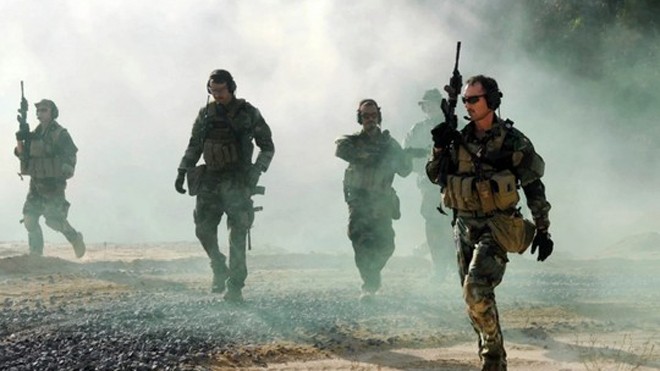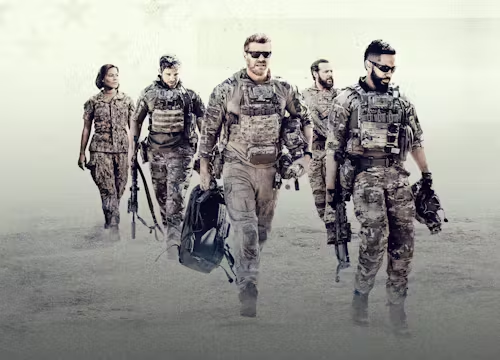
The US military’s SEAL Team 6 has been famous since the 9/11 terrorist attacks in 2001 as a “global man-hunting machine”.
According to The New York Times (USA), SEAL Team 6 began to expand in size and importance after the September 11, 2001 event. Since then, SEAL Team 6 has carried out thousands of operations to weaken Islamic jihadist networks in countries such as Afghanistan and Somalia.
The New York Times’ interviews with many former SEALs as well as active members show that they operate alongside the Central American Intelligence Agency (CIA), hiding on spy rings disguised as commercial ships and hiding under the guise of US embassies as secret agents.
The 2011 raid on Al-Qaeda leader Osama bin Laden’s hideout in Pakistan catapulted SEAL Team 6 to new heights, as a “manhunting machine” with global reach. However, in addition to top-secret missions targeting the US government, SEAL Team 6 occasionally escapes the clutches of its forces and commits a number of murders, including the most common victims being innocent civilians.

During a 2012 raid in Afghanistan to rescue American doctor Dilip Joseph from the Taliban, the SEALs killed one of the kidnappers after he survived the first transmission. All five kidnappers were killed at the scene.
Another time, SEAL Team 6 staged a violent raid to rescue British aid worker Linda Norgrove, who was kidnapped in Afghanistan. The result was disappointing when the girl held a gun in the hand of a special forces killer. This person thought that Linda was one of the kidnappers.
However, SEAL Team 6 also achieved many resounding achievements, enough to erase some of the “hotel seeds” that tarnished the “golden list” of the unit. The flavor of the service successfully rescued American support staff Jessica Buchanan and Danish hostage Poul Hagen in Somalia. All 9 kidnappers became live targets for the SEAL shooters.
In 2006, Lieutenant General Stanley McChrystal ordered the expansion of the special operations energy game to fight the rising Taliban movement. This is considered an important room marking the development of the SEAL force from then on.
SEAL Team 6 was quickly selected to mobilize the energy characteristics, participating in nighttime operations. According to The New York Times, between 2006 and 2008, there were weeks when the unit killed 10 to 15 “terrorists” a night, peaking at 25. “Killing fire became a habit for us,” said a former SEAL Team 6 member. “There were dangerous conditions.”
